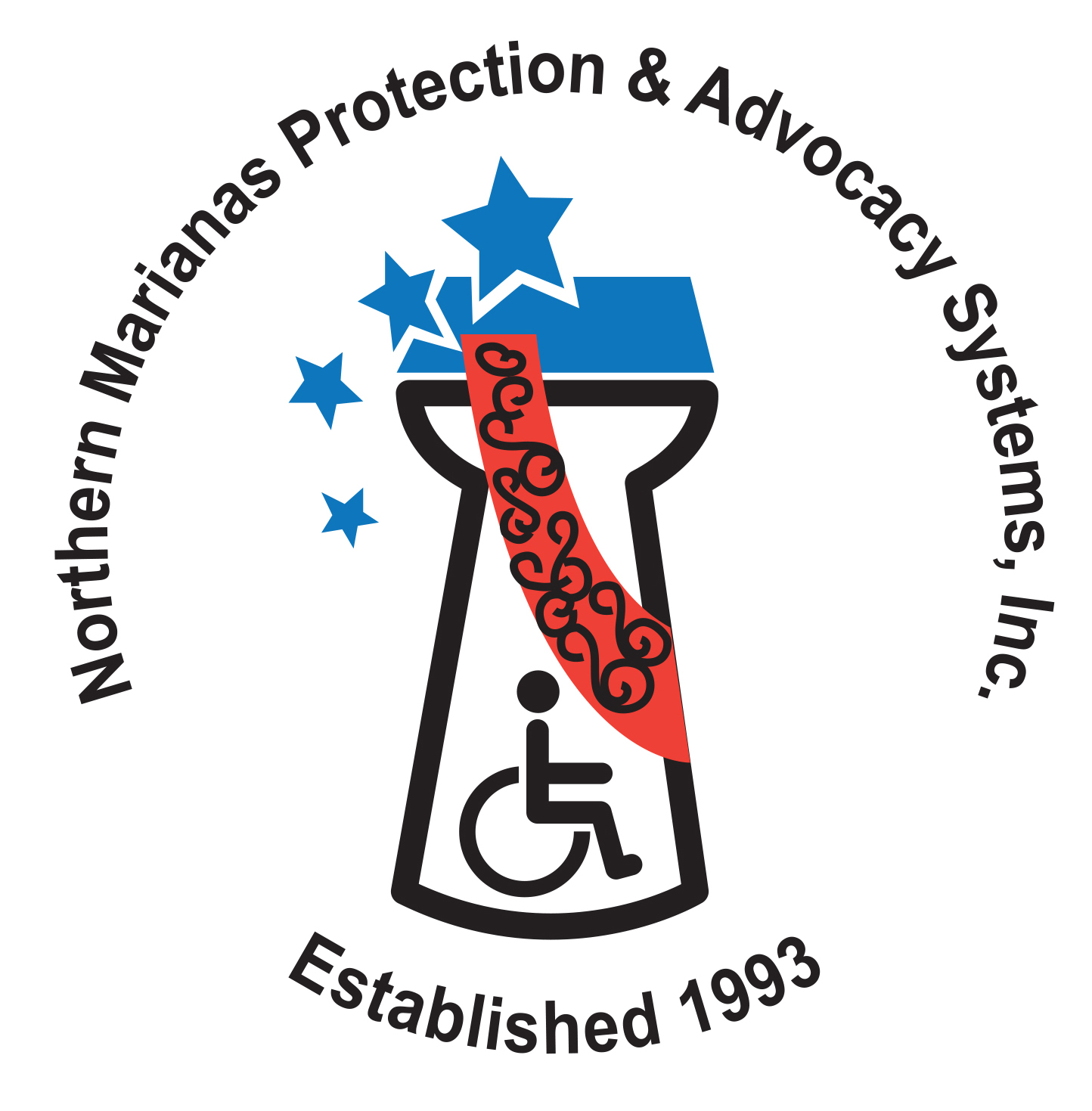THE National Birth Defects Prevention Network states that, “Birth defects are common, costly and critical.”
Their statistics show that, “Birth defects affect 1 in 33 babies every year. Nationally the yearly hospital costs for birth defects exceed $2.6 billion. 1 in 5 infant deaths are due to birth defects, making them a leading cause of infant mortality.” It can be very scary and emotional for parents when they learn that something may be wrong with their child.
Fifteen years ago our son was born about a month premature. We were allowed to bring him home the next day, and he was so small he barely fit into his car seat. Later that week we noticed that his skin had started turning an orange and his eyes were yellow. We were later told that he had jaundice and he had vision loss in one of his eyes. He spent his first weekend in an incubator. The doctors were unsure of the cause, and we were not sure what we were supposed to do. In his incubator his skin started changing to a “normal” color again and we took him back home. Soon after getting home, the jaundice returned. The doctor ran test after test on him and I felt helpless not to be able to make him better. My frustrations caused me to refuse further testing on him. We were fortunate enough to get help from CDAC, the Child Development Assistance Center. The therapists and coordinators there gave us support to help the little guy along despite his problems. After his second weekend in the incubator, I brought the boy with me to work and after briefly holding him, the manamko’ ladies at my job told me to stop making him drink his mom’s milk. Those old women seemed to know better than our doctor, because by the next day, after switching him over to formula, the jaundice went away for good. Our doctor later told us he was allergic to his mom’s milk, and an infection had started while he was in the womb. Seven years later our second son was born. He also showed symptoms of jaundice, and we immediately switched him over to formula causing the jaundice to go away. Today my eldest boy is about 6 foot 1 and towers over me. He stills has low vision in one eye, but that does not prevent him from playing games, socializing, and being active.
I often think back to those troubling times at his birth and think of the many parents who experience (in my opinion) far worse cases with their children. January is National Birth Defects Prevention Awareness Month. The National Birth Defects Prevention Network reminds parents, especially mothers, that some birth defects can be prevented by taking folic acid; having regular medical checkups; making sure medical conditions, such as diabetes, are under control; have tests for infectious diseases and get necessary vaccinations; and not use cigarettes, alcohol, or other drugs.
For more information about where you can get help for a child born with birth defects, please visit the National Birth Defects Prevention Network online at http://www.nbdpn.org or contact NMPASI at 235-7273/4 and online at www.nmpasi.org

